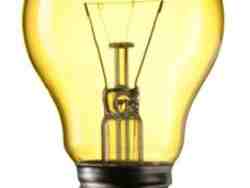SECONDHAND GENERATORS
The Best Place To Buy And Sell Generators
Connecting your generator to the supply
In most cases it is not possible to connect both the supply from the generator and the supply from the mains together. This is because the electricity needs to be synchronised together and balanced. There need to be a method of choosing one power supply or the other. This is achieved with a mains transfer switch.
What is a transfer switch?
Because it is dangerous to connect both supplies together a device needs to be installed which first cuts the connection from the mains isolating it from the consumer unit before connecting the generator to the consumer unit.
Manual or Automatic
It all depends on how often you have a power outage and what effect this will have. With a simple manual system you will need to do the following.
When the mains power goes off:
- Connect the generator to the transfer switch or inlet box.
- Turn off all the circuit breakers in the transfer switch to the off position.
- Start the generator and let it warm up.
- Flip the main breakers in the transfer switch to the Generator position.
- Turn on the circuits you wish to power, one at a time. This will help to prevent the generator from being overloaded.
When the power is restored:
- Turn the main breakers in the transfer switch back to Utility Power.
- Turn on any other circuits that were turned off.
- Turn off the generator.
- Disconnect any cords.
Clearly if this would cause disruption an automated system would be better. In the event of a power outage the automatic mains failure (AMF) detection system isolate the mains feed, starts the generator and progressively turns on the circuits. Some are programmable to maintain vital circuits first. When the power is restored the system resorts mains power and shuts off the generator.
Clearly there is going to be a small time between when the power goes off and the generator starts. Sensitive equipment should have a UPS (Uninterruptible Power Supply) which is essentially a battery connected to an inverter. The moment the power is cut the UPS provides power. Depending on the size of the battery and the consumption of the device attached to it will determine how long it will maintain the supply before the generator takes over. Clearly a generator is the only practical source of long-term power during an extended mains outage. By having a backup generator system in place this provides businesses with a contingency plan should a power failure occur, preventing financial loss.
